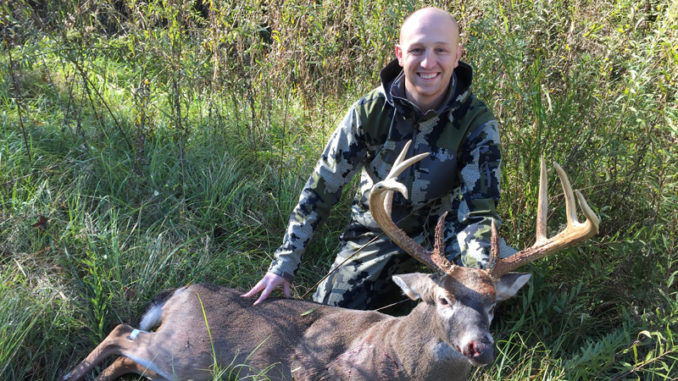
Unusual locations often lead to great bucks, even if they mean hunting close to rural residences, on what might seem like the wrong side of the wind, or on the ground. Here’s how….
Deer season is well underway across the Carolinas. By November, well over half the two state’s annual whitetail harvest is already satisfied with a mixture of does and bucks from yearlings to true wall hangers.
Many hunters had a chance to tag a trophy early in the season when bucks least expected it or during a heavy rutting session in late October. As November arrives, the mature survivors are well educated and will rarely be fooled by hunters using traditional methods. They must think out of the box and utilize their surroundings to get a big buck in lethal range.
Even though deer are some of the largest of our wild animals by body mass, they are far from the top of the food chain. Survival depends on their ability to sense danger and evade capture. Deer and other animals first use their senses to detect danger, and then, their physical abilities to get out of harm’s way. Most prey species rely on their eyesight and hearing to detect danger and then their speed on land or in the air to avoid becoming a victim of predation. Predators also rely on their senses and physical abilities to capture prey.
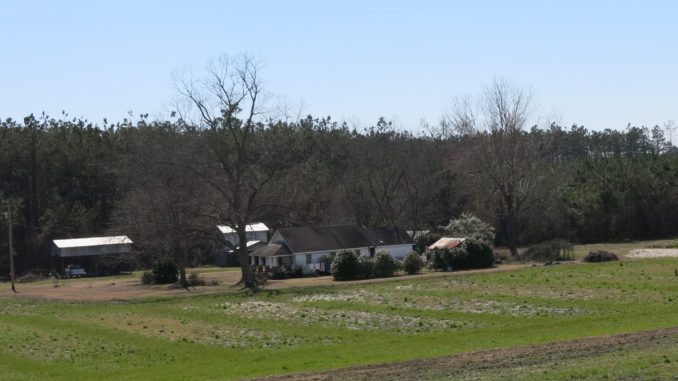
Deer use their large eyes and oversized ears to detect approaching danger, but a deer’s chief protection is a sense of smell that can be a real problem for hunters trying to get an old, mature buck in range. Deer can detect odors from great distances, but smart hunters can take advantage of their surroundings and still dupe a deer into coming into harm’s way.
Jay Garner of Murrells Inlet, S.C., is a hunter who ripped up the normal playbook and written a few of his own pages. He may not kill a record-book buck every year, but when he pulls the trigger, his bounty is usually a mature animal with a full set of headgear. And he uses scent-diversion tactics to fool even the smartest of bucks.
“I like to hunt near roads and houses for scent diversion,” he said. “Deer are used to smelling people near houses and you can hunt with a bad wind and not spook the deer.”
Last year, Garner killed a 140-inch 8-pointer in Marion County, S.C., close enough to a couple of houses across his property line to hear noises coming from them. He had the huge deer on several of his trail cameras, but the deer was smart. The buck would never come out when the wind was perfect for his stand locations; Garner believed the deer was circling downwind and avoiding corn piles, but the deer would flood his cameras on every wind when Garner was away.
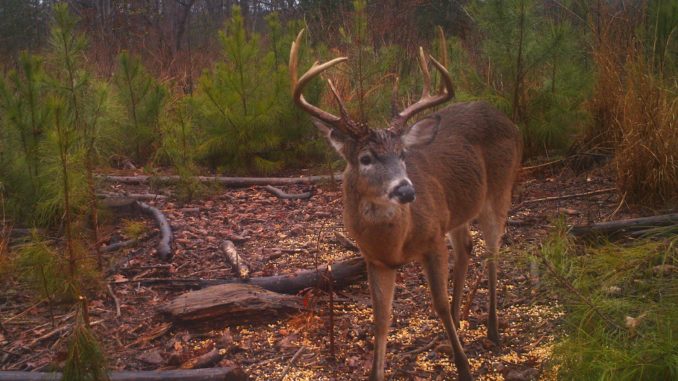
Garner decided to double down on the deer and set up a stand right behind a house near the road.
“The deer had a strong trail coming around this corner of the property, and there were some big tracks made from a heavy deer coming through there,” he said. They used clotheslines frequently at this house, and these deer were used to smelling people, especially when the wind was blowing from the house into the woods.
“I put up a trail camera in there and a bag of corn, and the big 8 showed up immediately, during the day, when the wind was blowing right into the woods.”
Garner hunted the stand the next week when the wind was blowing directly to the corn pile from the house, and the deer showed up at daybreak, giving him the perfect shot. In that case, Garner waited for a wind blowing to the corn instead of away from the corn, and it worked like a charm.
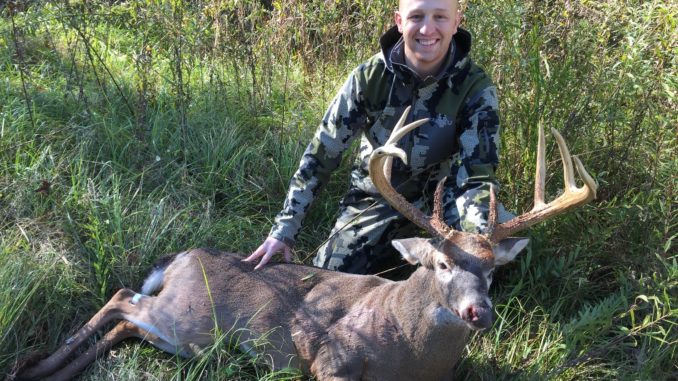
Outside of Garner’s unique situation, hunters can take advantage of local agribusiness to mask their scent. Hunting lands in the Carolinas are full of farms that raise cattle, hogs and poultry. These high-production animal farms produce massive clouds of unpleasant odors that can be detected at long distances, even by humans, and plenty of humans work at these facilities as well. Deer can smell these odors up close and out to several miles, and while the odor of animal waste may not completely mask human scent, the overwhelming scent plume creeping away from high-production animal facilities will definitely help hunters, especially when the wind is blowing from the facilities into the woods.
Deer grow to maturity by avoiding bad situations. Unfortunately for hunters, most deer learn from a hunter’s misfortunes. Whether from a shift in wind while on stand or from a poor choice of movement in the stand, deer see, hear or smell something that teaches them for next time. With a little forethought, hunters can use their surroundings to make the best of a situation and dupe that trophy buck slipping around almost undetected.

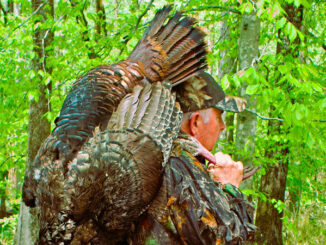
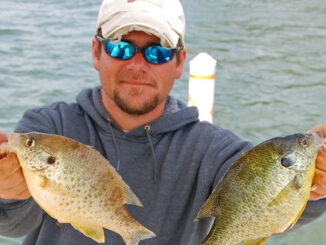


Be the first to comment